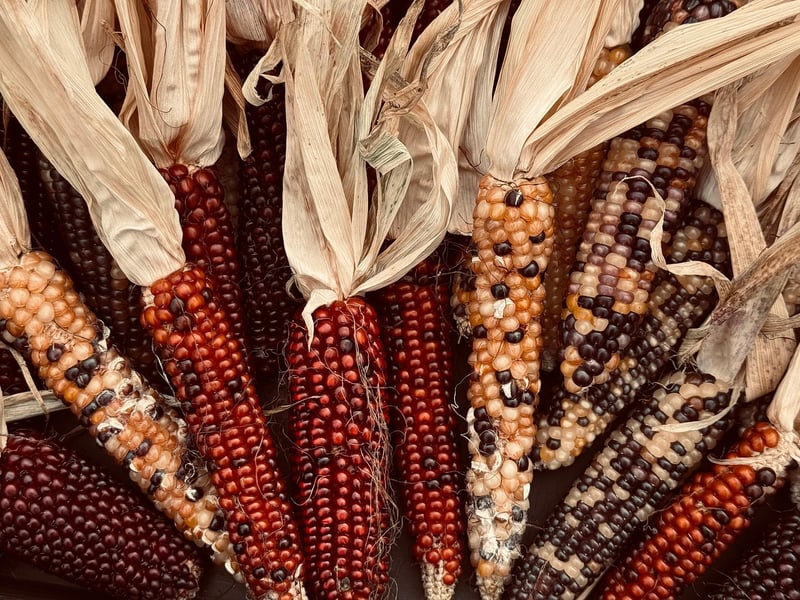Proper Techniques
Optimal Harvesting Practices and Proper Techniques
Harvesting is a crucial stage in agriculture that directly impacts the quality and quantity of the produce. Implementing optimal harvesting practices and using proper techniques can significantly enhance the yield and overall success of a harvest. Let's delve into some essential strategies for achieving the best results during the harvesting process.
1. Timing is Key
Harvesting at the right time is essential to ensure that the produce is at its peak quality. Each crop has a specific window of time when it is ready for harvesting. Waiting too long can lead to over-ripening or spoilage, while harvesting too early can result in underdeveloped produce. Familiarize yourself with the ideal harvesting time for each crop you cultivate.
2. Use the Right Tools
Utilizing appropriate harvesting tools is crucial for efficiency and preventing damage to the crops. Different crops may require specific tools such as shears, knives, or harvesting machines. Ensure that your tools are sharp, clean, and well-maintained to facilitate a smooth harvesting process.
3. Handle with Care
Gentle handling of the harvested produce is vital to avoid bruising or damage. Rough handling can reduce the quality and shelf life of the crops. When harvesting delicate fruits or vegetables, such as berries or tomatoes, handle them with care to preserve their integrity.
4. Consider Environmental Factors
Environmental conditions can impact the quality of the harvest. Avoid harvesting during extreme weather conditions, such as heavy rain or extreme heat, as this can affect the produce. Additionally, consider factors like humidity and temperature during the harvesting process.
5. Proper Storage Techniques
After harvesting, proper storage is crucial to maintain the freshness and quality of the produce. Store perishable items in cool, dry conditions to extend their shelf life. Utilize appropriate containers or packaging to prevent spoilage and maintain freshness.
6. Continuous Monitoring
Regular monitoring of the harvested produce is essential to identify any signs of spoilage or deterioration. Check stored crops periodically for any issues and remove any damaged items to prevent spoilage from spreading.
By following these optimal harvesting practices and employing proper techniques, you can enhance the quality, quantity, and longevity of your harvest. Implementing these strategies will not only improve the overall success of your harvest but also contribute to sustainable agriculture practices.

For more information on agricultural practices and techniques, visit Department of Agriculture.
